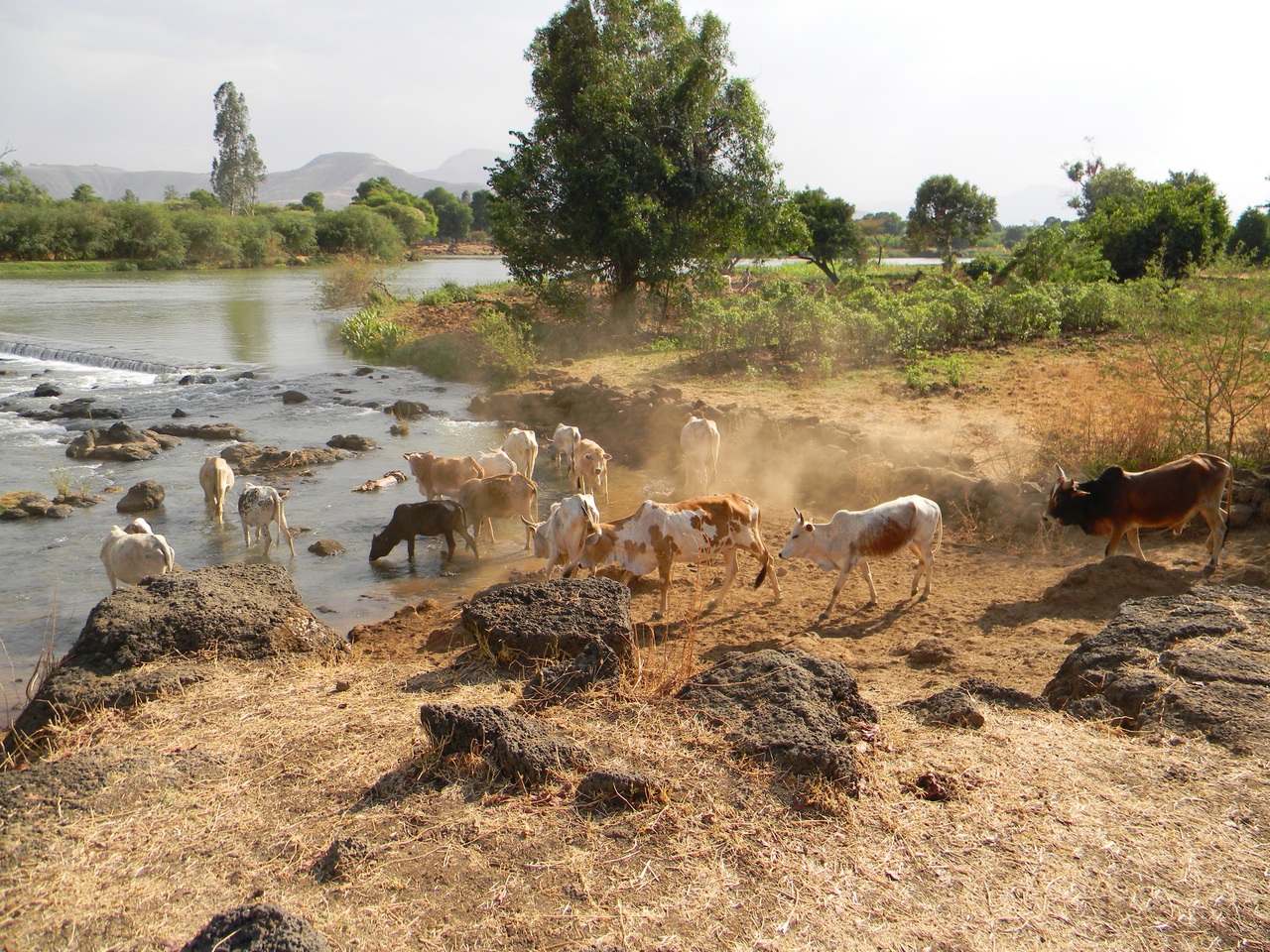Hunger, peasants without fields and semi-nomadic shepherds forced to become sedentary. These are the effects of the construction of the Gilgel Gibe III dam in Ethiopia, on the Omo river. The complaint comes from the report released by The Oakland Institute in June “How they tricked us: living with the Gibe III dam and sugarcane plantation in Southwest Ethiopia“. The study centre highlights the worsening of living conditions for the indigenous peoples of the Omo Valley, three years after the completion of the dam and seven years after the first plants for the cultivation of sugar cane.
Promised Jobs in the Omo Valley Missing
Job promises, according to the report, were only partially kept. Some men have been employed by the agribusiness company, but with seasonal contracts and little paid. In addition, many workers come from other areas of the country. While food aid in the region was frequent before 2011, it has now decreased or ceased. Food aid applicants are invited to cultivate the fields allocated to the new settlements. Communities say the government wants to push everyone into the villages.
The dam on the Omo River – a tributary of Lake Turkana in Kenya – built by the Italian company Salini Impregilo to ensure the production of electricity and connected to an irrigation system for downstream plantations is under attack. The infrastructure guarantees to regulate the floods of the river and ensures the water necessary for the agribusiness project born in 2011. This is the Omo-Kuraz Sugar Development Project, a 245,000 hectare concession to the state owned Etiopian Sugar Corporation for the cultivation of sugar cane for export. The project was to create hundreds of thousands of jobs in the region.
Rights of Indigenous Peoples Ignored
Seven years after the official start, however, according to the company’s data, only 16,000 hectares have been planted and the concession has been reduced to 100,000 hectares. Of the six factories for cane processing, four will actually be built and only two are operational to date.
The entire agro-industrial programme has not taken into account the indigenous peoples of the Bodi, Mursi and Kwegu of the North, who live in the region. According to researchers at the Oakland Institute, which has been following the Omo Valley affair for about ten years, the communities have not been properly consulted and informed. In addition, there is a lack of adequate compensation. Many communities have been relocated to government-built villages. For the relocations, then, the report stresses, there has been a widespread use of force.

